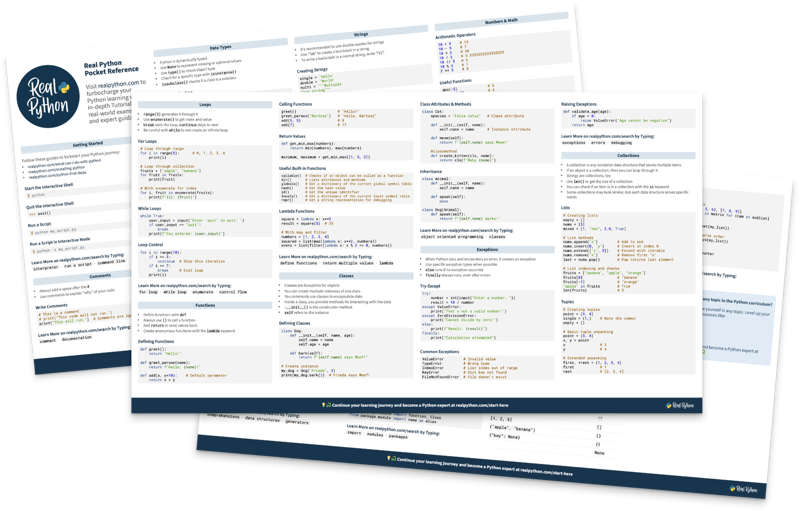In most cases, you would want to include dynamic information from your application in the logs. You have seen that the logging methods take a string as an argument, and it might seem natural to format a string with variable data in a separate line and pass it to the log method. But this can actually be done directly by using a format string for the message and appending the variable data as arguments. Here’s an example:
import logging
name = 'John'
logging.error('%s raised an error', name)
Here’s what you’ll get:
ERROR:root:John raised an error



Rob Black on July 29, 2019
The name argument to the log message in this example (i.e. John) should not be confused with the name string in the format argument of the basicConfig call in the previous example (i.e. root).